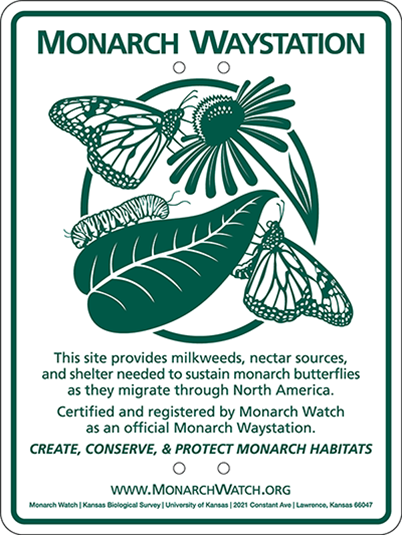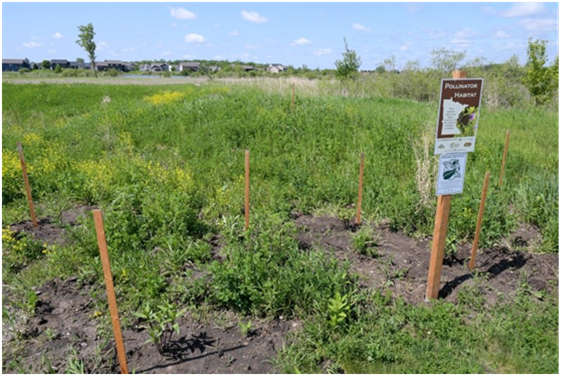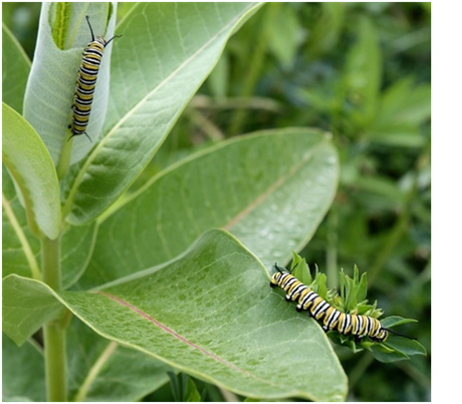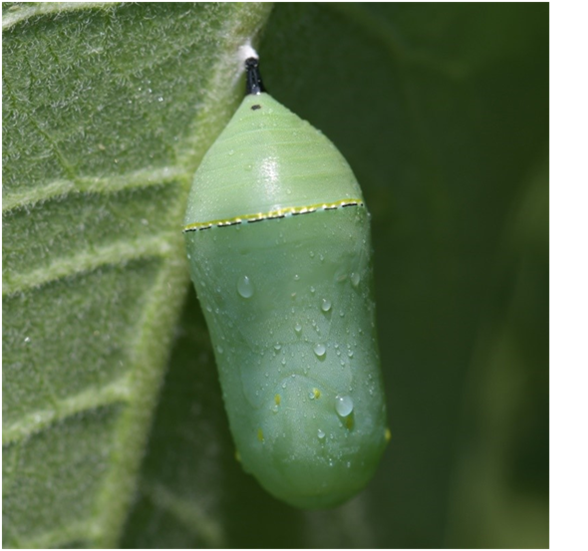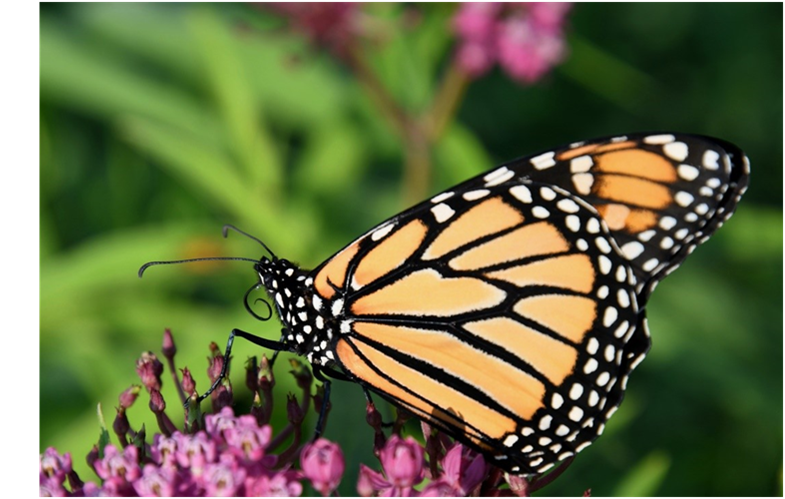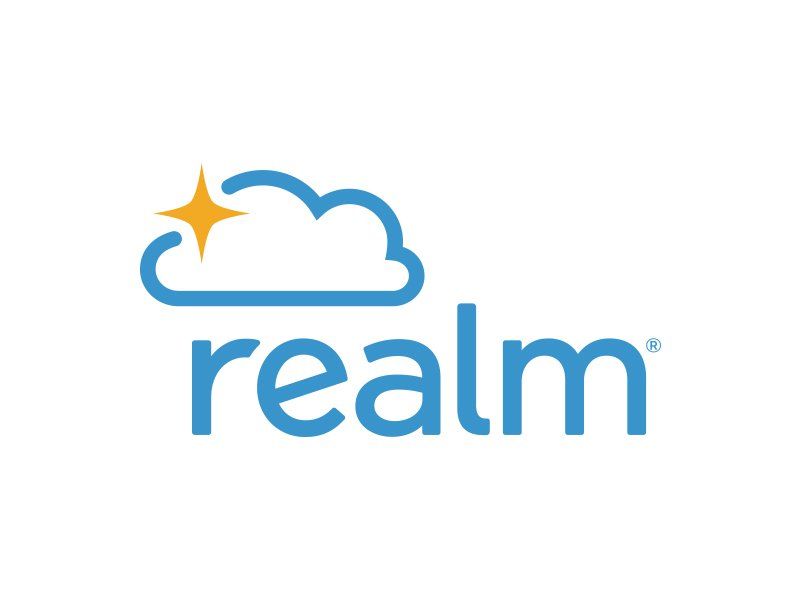OUR COMMITMENT TO CREATION
Monarchs, Milkweed, and the FUMC Prairie
Paula Tompkins, Land Stewardship member
Monarchs, to many a sign of summer, are an endangered pollinator. Since the 1980s, researchers and citizen scientists estimate
the monarch US migration population has declined 80% to 90%. Primary causes are pesticides (especially herbicide resistant seeds like RoundupTM Ready Crops), degraded habitat, climate change, logging, and land development. In the central US, monarch migration generally follows US I-35. This area is designated the
“Monarch Highway” to promote development of habitat for monarchs and other pollinators. While not close to I-35, the FUMC prairie is certified and registered as a monarch waystation for its supportive monarch habitat. Milkweed is key to monarch habitat.
